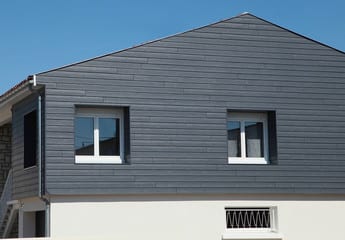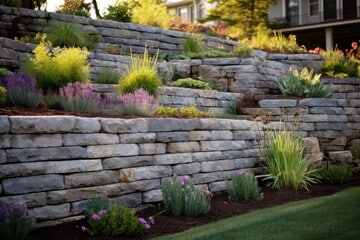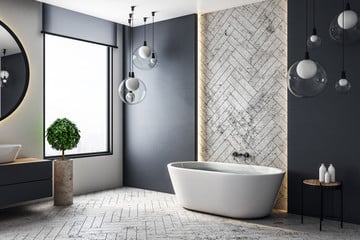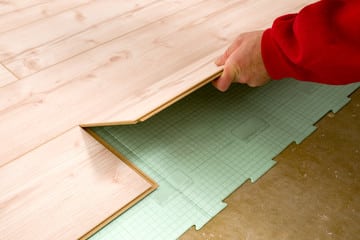Over the years, it sometimes becomes necessary to renovate or modernize its facade to give it a facelift. For this, composite cladding is a solution that is both aesthetic and practical. In this article, we will explore the different composite cladding options along with their benefits and current trends.
What is composite cladding?
Composite cladding is an exterior covering made up of composite materials which bring together several elements with complementary properties. Generally, this type of cladding combines particles of wood and resin, thus providing a wood-like appearance while offering the qualities specific to synthetic materials such as their durability and ease of maintenance.
Its main assets
Adopting composite cladding has many advantages:
- Aesthetic : Composite cladding looks like wood, which gives a warm and natural look.
- Sustainability : It resists weather, humidity and UV rays well, ensuring significant longevity without fading or deformation.
- Limited maintenance : Unlike wood, composite cladding does not require much maintenance, as it does not mold and is termite resistant. A simple cleaning with water is generally enough to keep it in good condition.
- Insulation : Composite cladding reinforces thermal and sound insulation, thus improving the comfort of the house and reducing energy losses.
- Adaptability : It is available in different finishes, colors and aspects, offering a wide choice to satisfy everyone’s tastes and adapt to all architectural styles.
Current trends in composite cladding
Today, composite cladding is available in different models that meet the desire for modernity and authenticity:
Imitation wood composite cladding
Composite cladding imitating the appearance of wood is popular with home owners wishing to give a traditional character while benefiting from the advantages of composite. This alternative to solid wood offers a wide variety of wood species, such as oak, pine or even teak, and offers good resistance to climatic hazards without requiring regular maintenance.
Composite cladding in bright and original colors
For those who wish to add a touch of color to their facade, there are composite claddings in bold and original shades such as red, blue, green or even orange. These colors allow you to personalize the facade and give it a unique appearance.
Composite cladding with geometric patterns
Another popular trend, composite cladding with geometric patterns brings a modern and daring touch to the facade. There are multiple combinations: horizontal or vertical, wide or narrow slats, rafters, etc. Thus, everyone can express their creativity and design their own layout for a facade reflecting their personal style.
Choosing and installing composite cladding: advice and tips
How to choose the right composite cladding?
Several criteria must be taken into account when choosing composite cladding:
- Quality : Make sure that the product is certified by recognized organizations to guarantee its resistance and longevity (for example, the PEFC label for wood from sustainably managed forests).
- Dimensions : Adapt the thickness of the cladding according to the technical constraints specific to your project (installation on wooden frame, on masonry, etc.). Also think about the format and arrangement of the blades to obtain the desired aesthetic result.
- The price : Be aware that higher quality composite cladding will generally be more expensive than a low-end model, but will offer better performance in terms of durability and insulation.
Install your composite cladding: the key steps
To correctly install composite cladding, you should follow these few steps:
- Preparing the support : Make sure the surface is healthy, clean and free of all elements likely to harm the installation (insect nests, mold, etc.).
- Fixing the framework : Install a metal frame to support the cladding. Fix it on supporting points of the support (walls or posts) respecting a regular spacing.
- Installation of cladding boards : Install the cladding slats, taking care to respect the joints between them and the minimum distances from openings (windows, doors, etc.). Use specific fasteners to hold the cladding in place’].’
- The finishes : Cover the finishing profiles to protect the edges of the slats, as well as the window and door edges if necessary.
- Control : Check your composite cladding regularly to detect possible anomalies (infiltration, cracks, etc.) and quickly carry out the necessary repairs if necessary.
Modernizing a facade using composite cladding is therefore an ideal way to combine practicality and aesthetics. By choosing a quality model adapted to your technical constraints and your particular tastes, you will be able to give new impetus to your home and thus improve your daily comfort while enhancing the value of your property.







